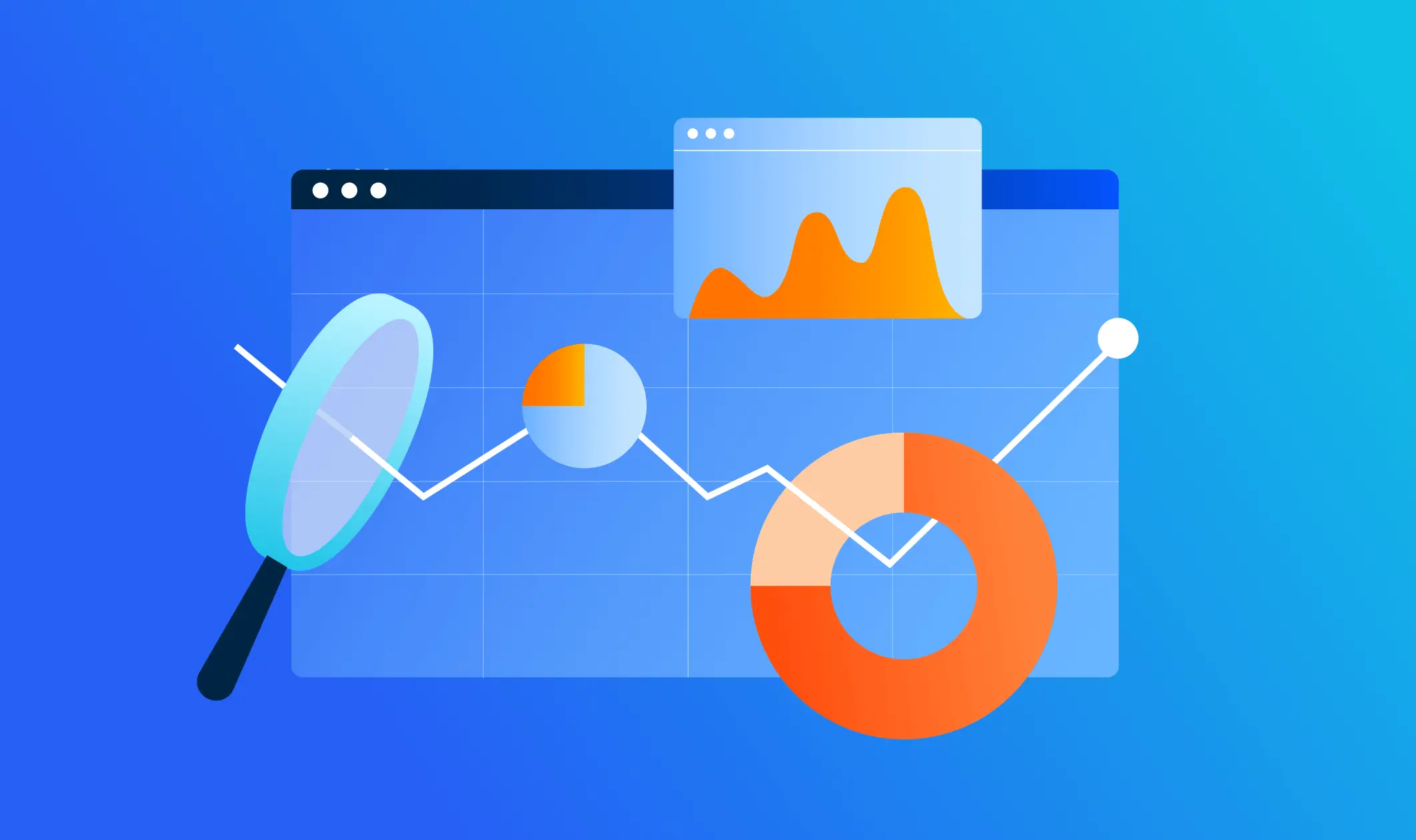Financial forecasting plays a pivotal role in the strategic planning and management of businesses across various industries. By predicting future financial outcomes and performance metrics, businesses can make informed decisions, allocate resources effectively, and prepare for growth opportunities. This comprehensive guide explores the importance of financial forecasting, key methods and techniques, essential components of a financial forecast, challenges to consider, and best practices for businesses aiming to achieve sustainable growth.
Contents
Understanding Financial Forecasting
Financial forecasting involves estimating future financial outcomes based on historical data, market trends, and strategic assumptions. It helps businesses anticipate revenue, expenses, cash flow, and profitability over a specified period, typically ranging from one year to five years or more. The primary objectives of financial forecasting include:
- Planning and Budgeting: Establishing financial goals, budget allocations, and resource planning strategies.
- Decision-Making: Supporting strategic decisions related to investments, pricing strategies, expansion initiatives, and operational improvements.
- Performance Evaluation: Monitoring financial performance, comparing actual results with forecasted outcomes, and identifying variances for corrective actions.
Importance of Financial Forecasting
Financial forecasting offers several critical benefits for businesses:
1. Strategic Planning and Goal Setting
- Long-Term Planning: Setting long-term financial goals and milestones to guide business growth and expansion.
- Scenario Analysis: Evaluating various scenarios and potential outcomes to assess risks and opportunities.
- Resource Allocation: Allocating financial resources, capital investments, and operational expenses based on forecasted needs and priorities.
2. Financial Management and Control
- Cash Flow Management: Predicting cash inflows and outflows to ensure sufficient liquidity for daily operations and strategic initiatives.
- Cost Control: Monitoring expenses, identifying cost-saving opportunities, and optimizing cost structures to improve profitability.
- Working Capital Management: Managing working capital efficiently to support business operations and growth without excessive reliance on external financing.
3. Investor Confidence and Stakeholder Communication
- Investor Relations: Building investor confidence by presenting credible financial forecasts and growth projections.
- Stakeholder Engagement: Communicating financial performance, business strategies, and growth prospects to stakeholders, including shareholders, board members, and creditors.
- Transparency and Accountability: Demonstrating transparency in financial reporting and accountability in achieving forecasted goals and objectives.
Methods and Techniques of Financial Forecasting
Financial forecasting utilizes various methods and techniques to predict future financial outcomes:
1. Quantitative Methods:
- Time Series Analysis: Analyzing historical data to identify patterns, trends, and seasonality in financial metrics.
- Regression Analysis: Estimating future values based on statistical relationships between variables, such as sales volume and pricing.
- Financial Ratios: Using key financial ratios, such as profitability ratios, liquidity ratios, and efficiency ratios, to assess financial performance and forecast future trends.
2. Qualitative Methods:
- Expert Judgment: Seeking insights and predictions from industry experts, economists, and senior management based on their experience and knowledge.
- Market Research: Gathering qualitative data, customer feedback, and market intelligence to anticipate changes in consumer behavior and market demand.
- Scenario Planning: Developing multiple scenarios and contingency plans to account for uncertain economic conditions, regulatory changes, and competitive pressures.
3. Integrated Approaches:
- Bottom-Up Forecasting: Estimating future financial outcomes by aggregating individual departmental forecasts, such as sales forecasts from marketing and production forecasts from operations.
- Top-Down Forecasting: Deriving financial forecasts based on overall market trends, industry growth rates, and macroeconomic factors impacting the business environment.
- Rolling Forecasts: Updating financial forecasts regularly, typically on a quarterly or semi-annual basis, to incorporate new data, market developments, and business performance trends.
Essential Components of a Financial Forecast
A comprehensive financial forecast typically includes the following key components:
1. Sales Forecast:
- Revenue Projections: Estimating future sales revenue based on historical sales data, market demand forecasts, and pricing strategies.
- Sales Volume: Predicting product or service sales volume, unit sales, and customer acquisition targets over the forecast period.
2. Expense Forecast:
- Operating Expenses: Projecting variable and fixed operating expenses, including payroll costs, rent, utilities, and administrative expenses.
- Capital Expenditures: Budgeting for capital investments, equipment purchases, infrastructure upgrades, and other long-term investments.
3. Cash Flow Forecast:
- Cash Inflows: Anticipating cash inflows from sales revenue, accounts receivable collections, and financing activities, such as loans or equity investments.
- Cash Outflows: Forecasting cash outflows for operating expenses, debt repayments, capital expenditures, and dividends or distributions to shareholders.
4. Profitability Forecast:
- Gross Profit Margin: Calculating gross profit margin by deducting cost of goods sold (COGS) from total revenue and assessing profitability trends.
- Net Profit Margin: Estimating net profit margin by subtracting total expenses, including operating expenses and taxes, from gross profit.
5. Balance Sheet Forecast:
- Asset Management: Predicting changes in asset levels, such as cash, accounts receivable, inventory, and property, plant, and equipment (PP&E).
- Liability Management: Forecasting liabilities, including accounts payable, accrued expenses, short-term and long-term debt obligations.
Challenges in Financial Forecasting
While financial forecasting provides valuable insights and planning capabilities, businesses may encounter several challenges:
1. Uncertainty and Volatility:
- Market Fluctuations: Economic volatility, changes in consumer behavior, and competitive dynamics can impact forecast accuracy.
- External Factors: Political instability, regulatory changes, and global events may introduce unforeseen risks and uncertainties.
2. Data Limitations:
- Data Quality: Incomplete or inaccurate data sources can affect the reliability and validity of financial forecasts.
- Assumptions and Estimates: Relying on assumptions and estimates for future projections may lead to forecasting errors and misinterpretations.
3. Complexity and Integration:
- Business Complexity: Multifaceted business operations, diverse product lines, and global market presence can complicate forecasting processes.
- Integration Challenges: Aligning financial forecasts with strategic plans, operational budgets, and long-term growth strategies requires coordinated efforts across departments.
Best Practices for Effective Financial Forecasting
To enhance the accuracy and effectiveness of financial forecasting, businesses can adopt best practices:
1. Data-Driven Approach:
- Data Analytics: Utilizing advanced analytics tools and software to analyze big data, generate insights, and improve forecast accuracy.
- Real-Time Data: Integrating real-time data feeds and automated reporting systems to capture and analyze up-to-date information.
2. Collaborative Planning:
- Cross-Functional Collaboration: Involving key stakeholders, department heads, and senior management in the forecasting process to align goals and priorities.
- Scenario Analysis: Conducting scenario planning exercises to evaluate alternative outcomes and prepare contingency plans for risk management.
3. Continuous Monitoring and Adjustment:
- Monitoring Key Performance Indicators (KPIs): Tracking financial metrics, KPIs, and performance indicators to monitor progress and identify deviations from forecasts.
- Forecast Review: Regularly reviewing and updating financial forecasts based on new data, market trends, and business developments.
4. Risk Management and Sensitivity Analysis:
- Risk Assessment: Identifying and assessing potential risks, vulnerabilities, and external factors that may impact financial forecasts.
- Sensitivity Analysis: Conducting sensitivity tests to measure the impact of variables, assumptions, and scenarios on forecasted outcomes.
5. Strategic Alignment and Flexibility:
- Long-Term Planning: Aligning financial forecasts with strategic goals, business objectives, and growth initiatives to support sustainable growth.
- Adaptive Forecasting: Remaining flexible and adaptable in response to changing market conditions, customer demands, and competitive pressures.
Financial forecasting is a critical tool for businesses seeking to achieve sustainable growth, optimize financial performance, and navigate uncertainties in the competitive marketplace. By accurately predicting future financial outcomes, businesses can make informed decisions, allocate resources efficiently, and capitalize on growth opportunities.
Moreover, integrating financial forecasting into strategic planning processes enables businesses to enhance operational efficiency, improve cash flow management, mitigate risks, and build investor confidence. Whether you’re a startup entrepreneur, small business owner, or corporate executive, mastering the art of financial forecasting is essential for driving long-term success and achieving strategic business goals.


